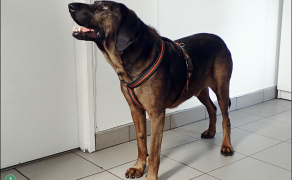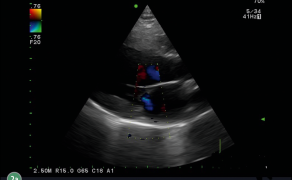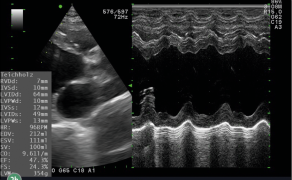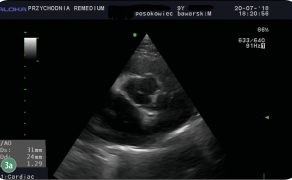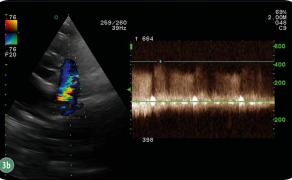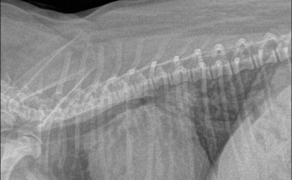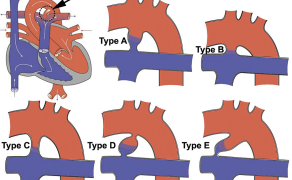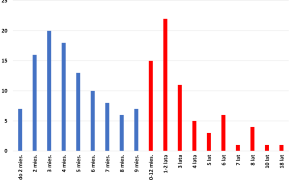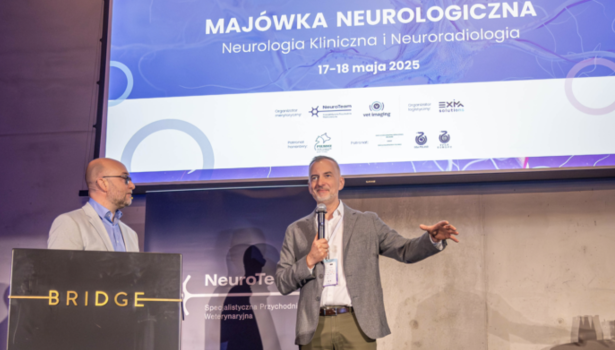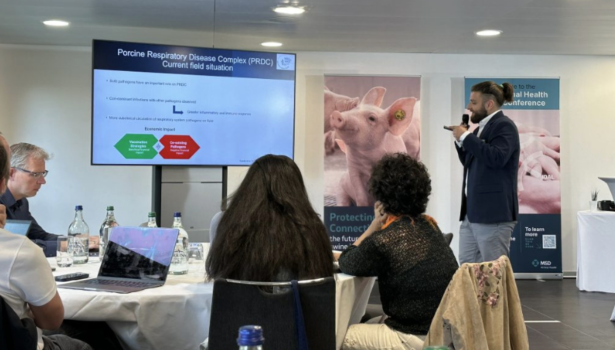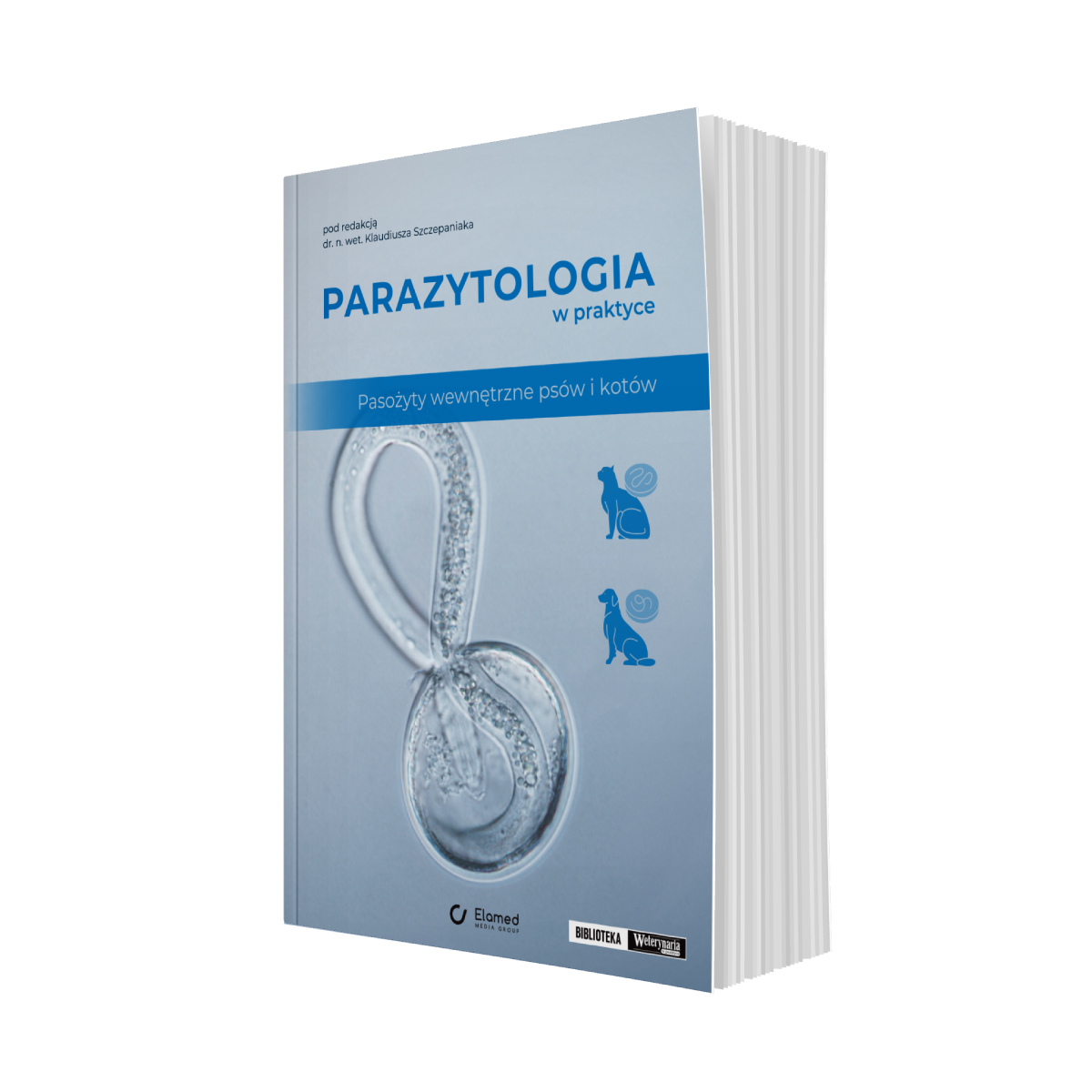Przetrwały przewód tętniczy u dorosłego psa
Piśmiennictwo
- Caivano D., Birettoni F., Fruganti A.: Transthoracic echocardiographically-guided interventional cardiac procedures in the dog. „J Vet Cardiol”, 2012, 14, 431-444.
- Campbell F.E., Thomas W.P., Miller S.J.: Immediate and late outcomes of transarterial coil occlusion of patent ductus arteriosus in dogs. „J Vet Intern Med.”, 2006, 20, 83-96.
- Chugh R., Salem M.M.: Echocardiography for patent ductus arteriosus including closure in adults. „Echocardiography”, 2015, 32 (2), 125-S139.
- Gałązka A.: Znaczenie przewodu tętniczego w krążeniu płodu i noworodka ze szczególnym uwzględnieniem przewodozależnych wad serca. Wybrane problemy kliniczne. „Forum Medycyny Rodzinnej Via Medica”, 2009, 3, 2, 117-123
- Goodwin J.K., Lombard C.W.: Patent ductus arteriosus in adults dogs: Clinical features in 14 cases. „J Am Anim Hosp Assoc”, 1992, 28, 349-352.
- Javidan-Nejad C.: Patent ductus arteriosus. Cardiovascular Imaging. „Elsevier Saunders, St Louis”, 2011, 583-597.
- Jędrzejek M., Sarbinowska J., Wiślińska K., Błaż W.: Przetrwały przewód tętniczy – zagadnienie nie tylko dla pediatrów. „Pediatr Med Rodz”, 2014, 10 (3), 291-305.
- Kajino H., Goldbarg S., Roman C.: Vasa vasorum hypoperfusion is responsible for medial hypoxia and anatomic remodeling in the newborn lamb ductus arteriosus. „Pediatr Res”, 2002, 51, 228-235.
- Kawalec W.: Przetrwały przewód tętniczy. Kardiologia dziecięca. PZWL, Warszawa 2003, 1, 285-297.
- Kluckow M., Evans N.: Early echocardiographic prediction of symptomatic patent ductus arteriosus in preterm infants undergoing mechanical ventilation. „J Pediatr”, 1995, 127, 774-779.
- Krichenko A., Benson L.N., Burrows P.: Angiographic classification of the isolated, persistently patent ductus arteriosus and implications for percutaneous catheter occlusion. „Am J Cardiol”, 1989, 63, 877-880.
- Menting M.E., Cuypers J.A., Opic P.: The unnatural history of the ventricular septal defect: Outcome up to 40 years after surgical closure. „J Am Coll Cardiol”, 2015, 65, 1941-1951.
- Miller M.W., Gordon S.G., Saunders A.B.: Angiographic classification of patent ductus arteriosus morphology in the dog. „J Vet Cardiol”, 2006, 8, 109-114.
- Moore P., Brook M.M., Heyman M.A.: Patent ductus arteriosus. [In:] Allen H.D., Gutgesell H.P. et al.: Moss & Adams‘ Heart Disease in Infants, Children & Adolescents: Including the Fetus and Young Adults. 6th ed. Philadelphia, PA: Lippincott Williams & Wilkins, 2001, 26, 653-663.
- Pasławska U., Janiszewski A., Staszczyk M., Noszczyk-Nowak A., Ziółkowski P., Pasławski R.: Złożona wada serca u kota przetrwały przewód tętniczy i dysplazja zastawek przedsionkowo-komorowych. „Weterynaria w Praktyce”, 2014, 9, 85-93.
- Patent ductus arteriosus. [In:] Zipes D.P., Libby P. et al. (eds.): Braunwald’s heart disease: a textbook of cardiovascular medicine. 7th ed. Philadelphia, PA, Elsevier Saunders, 2005, 1511-1513.
- Respondek-Liberska M.: Fizjologia układu krążenia płodu. Nietypowy przebieg zmian: przedwczesne przymykanie się przewodu tętniczego oraz zastawki otworu owalnego u płodu. „Forum Medycyny Rodzinnej”, 2009, 3, 2, 117-123.
- Saunders A.B., Gordon S.G., Boggess M.M.: Long-term outcome in dogs with patent ductus arteriosus: 520 cases (1994–2009). „J Vet Intern Med.”, 2014, 28, 401-410.
- Skinner J.: Patent ductus arteriosus. „Semin Neonatol”, 2001, 31, 6, 49-61.
- Van Israel N., French A.T., Dukes-McEwan J.: Patent Ductus Arteriosus in the older Dog, „J Vet Cardiol” 2003, 5, 13-21.
- Weisse C., Berent A.: Veterinary Image-Guided Interventions. Ames, Iowa, John Wiley & Sons Inc., 2015, 564-574.
prof. dr hab. Urszula Pasławska
Katedra Chorób Wewnętrznych
z Kliniką Koni, Psów i Kotów
Wydział Medycyny Weterynaryjnej
Uniwersytet Przyrodniczy we Wrocławiu
50-366 Wrocław pl. Grunwaldzki 47
Galeria
Mogą zainteresować Cię również
111
ALGORYTMY
POSTĘPOWANIA
w weterynarii
POSTĘPOWANIA
w weterynarii


